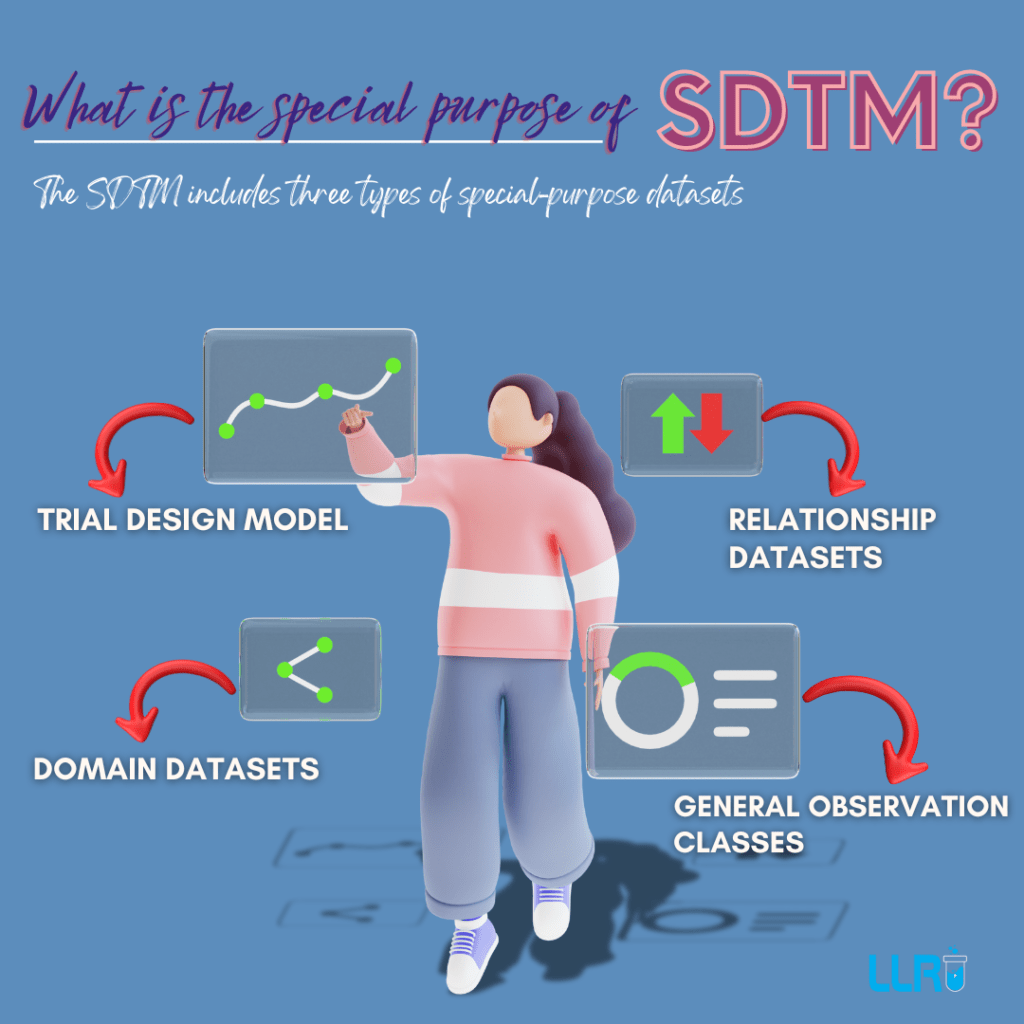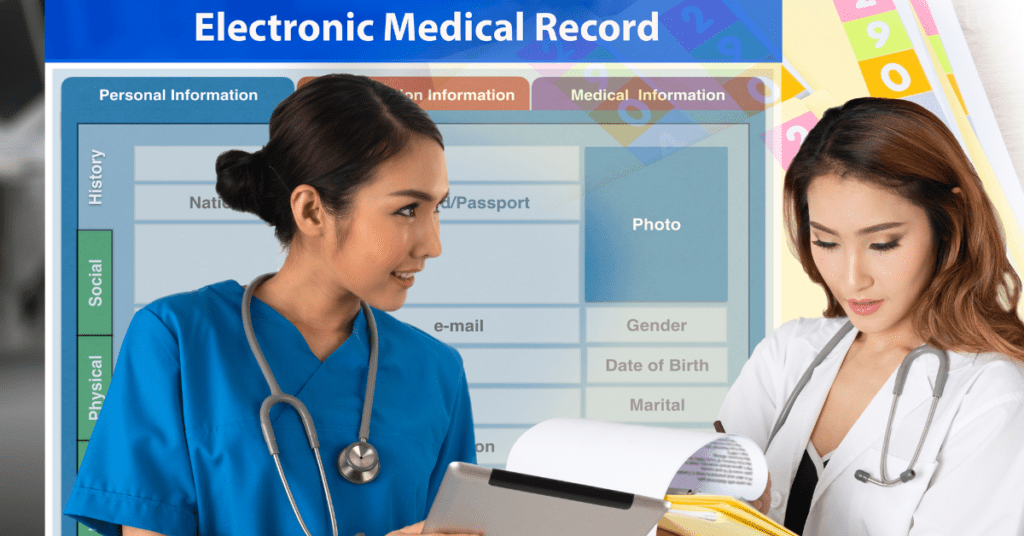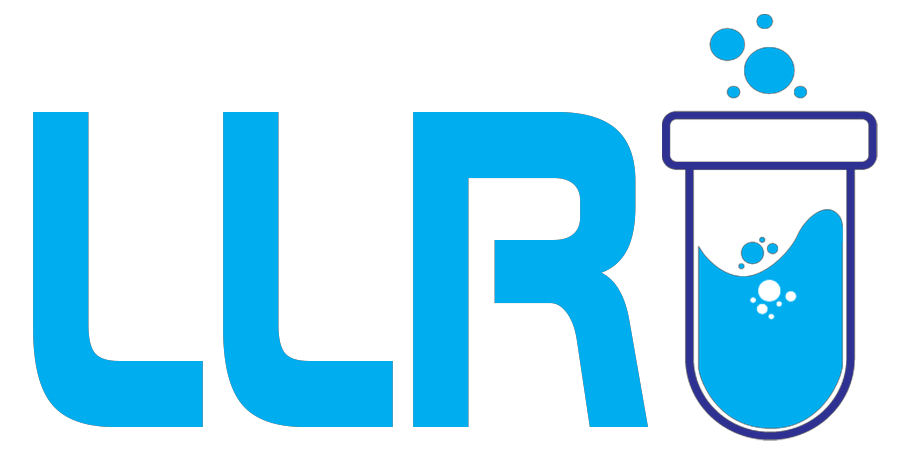The influence SDTM has in clinical trials is something that cannot be ignored at all. In the field of clinical data management, having the right SDTM programming tools makes all the difference – as it helps with streamlining processes and ensuring compliance with industry standards.
SDTM, or Study Data Tabulation Model helps with standardising data collection and submission to regulatory authorities like the FDA. In this blog, we will cover the best SDTM programming tools, as well as the top 10 open source SDTM tools you need to know about.
This blog contains the following:
- SDTM Programming Tools
- Best SDTM Programming Tools
- Open Source SDTM Tools
- What Are The Most Popular SDTM Programming Tools
What Is SDTM?
SDTM, or Study Data Tabulation Model, is a standard used for the submission of clinical trial data to regulatory authorities. The best SDTM programming tools help streamline the process of converting clinical trial data into SDTM format, ensuring compliance and ease of analysis.
But with so many options available, how do you determine which tools are the best for your needs?

What Are SDTM Programming Tools?
The SDTM tools assist in creating, managing, and validating SDTM datasets. They ensure that clinical trial data complies with regulatory standards and is ready for submission. Programmers use these tools to automate repetitive tasks, reduce errors, and ensure data accuracy.
While there are many proprietary SDTM tools, a lot of open sources SDTM programming tools have gained popularity due to their flexibility, cost-effectiveness, and strong community support. These tools can provide excellent functionality without the need for a hefty investment, making them an excellent choice for many organisations and independent programmers.
10 Best Open Source SDTM Tools You Must Know
So, what are the most popular SDTM programming tools? Let’s check out the top 10 open-source SDTM tools that you should know:
- R (with specific packages for SDTM): R is widely known in the data science community, but did you know it’s also one of the best SDTM programming tools? With specialised packages like sdtm and Hmisc, R can handle data transformation, validation, and visualisation in clinical trials. It is highly flexible and customisable, which is why it is so popular among SDTM programmers.
- SAS: SAS is a proprietary tool but has an open source counterpart, SAS University Edition, which can be used for educational and non-commercial purposes. It’s one of the most popular SDTM programming tools because of its robustness in handling large clinical datasets.
- Pinnacle 21 Community: This open source tool is a go-to for SDTM validation. Pinnacle 21 Community checks SDTM datasets for compliance with CDISC standards, making it an indispensable part of any SDTM programmer’s toolkit.
- Python (with Pandas and NumPy): Python is not just for machine learning! With libraries like pandas and numpy, Python can be used for SDTM programming, especially when transforming raw clinical data into standardised formats.
- SDTM-ETL: This is another great open source tool designed specifically for SDTM programming. SDTM-ETL automates the transformation process of raw clinical data into SDTM-compliant datasets.
- OpenCDISC Validator: OpenCDISC Validator is a free tool that helps programmers ensure their SDTM datasets are compliant with industry standards. It performs hundreds of checks, providing detailed error reports to help fix issues.
- Knime Analytics Platform: Knime is a powerful open source data analytics tool that can be configured for SDTM programming. It offers drag-and-drop functionality, making it user-friendly for programmers who might not be familiar with code-heavy tools.
- REDCap: This open source tool is commonly used for data capture in clinical trials. While it’s not exclusively an SDTM tool, it integrates well with SDTM programming workflows and can be used to collect and manage clinical trial data.
- CDISC Express: CDISC Express is another open source tool that helps generate SDTM datasets from raw clinical trial data. It’s simple to use, making it a good option for beginners in SDTM programming.
- MySQL: Although MySQL is a general-purpose database tool, it’s extremely useful for managing clinical trial data before it is transformed into SDTM datasets. Its open source nature makes it a cost-effective solution for storing large volumes of trial data.

What Makes These the Best SDTM Programming Tools?
When evaluating what makes a tool stand out among the best SDTM programming tools, several factors come into play.
- First, the tool must provide accuracy and efficiency in managing clinical trial data.
- Second, it should comply with CDISC standards, as regulatory submission depends on this compliance.
- Finally, ease of use, support from the programming community, and cost-effectiveness are all vital factors.
Open source tools have become increasingly popular because they offer flexibility and customisation options that proprietary tools may lack. Many of the open source SDTM tools mentioned above also have large user communities, which means you’ll find plenty of resources, tutorials, and forums to help you troubleshoot any issues you encounter.
Why Use Open Source SDTM Tools?
You may wonder why someone would prefer open source SDTM tools over paid options. Open source tools allow for greater flexibility in customisation, meaning you can tweak them to suit your specific needs. Moreover, they are free to use, making them highly accessible, especially for smaller organisations or independent researchers who may not have large budgets.
These tools are also often supported by a global community of developers and users, which means they are continually improving and evolving to meet the needs of the industry.
How To Choose The Right SDTM Programming Tool?
When selecting from the best SDTM programming tools, consider factors such as ease of use, compatibility with existing systems, and the specific requirements of your SDTM datasets. The tools listed above offer a range of functionalities, from basic data manipulation to advanced analysis and validation.

On A Final Note…
Finding the right SDTM programming tools can greatly enhance your efficiency and accuracy in handling clinical trial data. Among the open source SDTM tools available, these ten options stand out for their robustness and versatility.
Whether you’re just starting or looking to upgrade your current tools, exploring these open source SDTM tools will provide you with valuable resources to manage and analyze your data effectively. The best SDTM programming tools for you will depend on your specific needs and preferences. Check out these options carefully to find the tools that best fit your workflow and data management requirements.
Whether you’re just starting out or are a seasoned SDTM programmer, these best SDTM programming tools can help streamline your workflow and ensure compliance with industry standards.
So why not give them a try and see how they can enhance your clinical data management processes?

